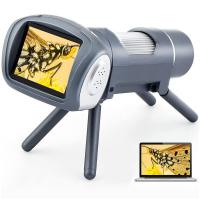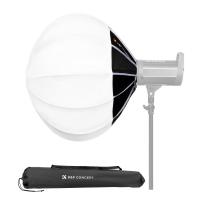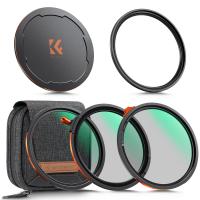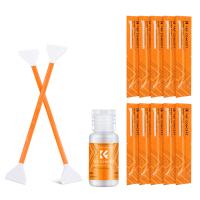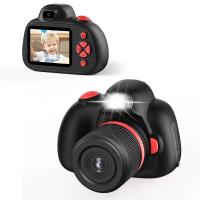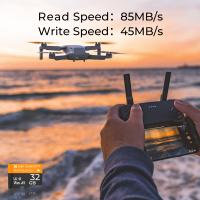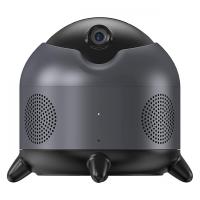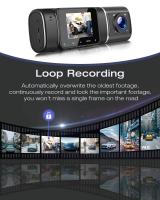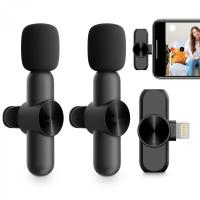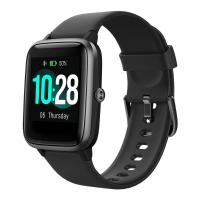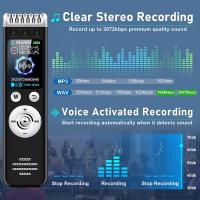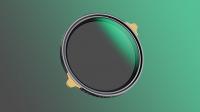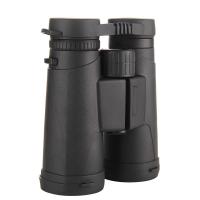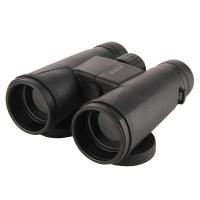How To Read Micro Sd Card?
Micro SD cards are ubiquitous in today's digital world, serving as essential storage solutions for a variety of devices, from smartphones and cameras to drones and gaming consoles. However, many users often find themselves puzzled about how to read these tiny storage devices. This article aims to provide a comprehensive guide on how to read a micro SD card, covering various methods, tools, and troubleshooting tips to ensure you can access your data seamlessly.
Understanding Micro SD Cards
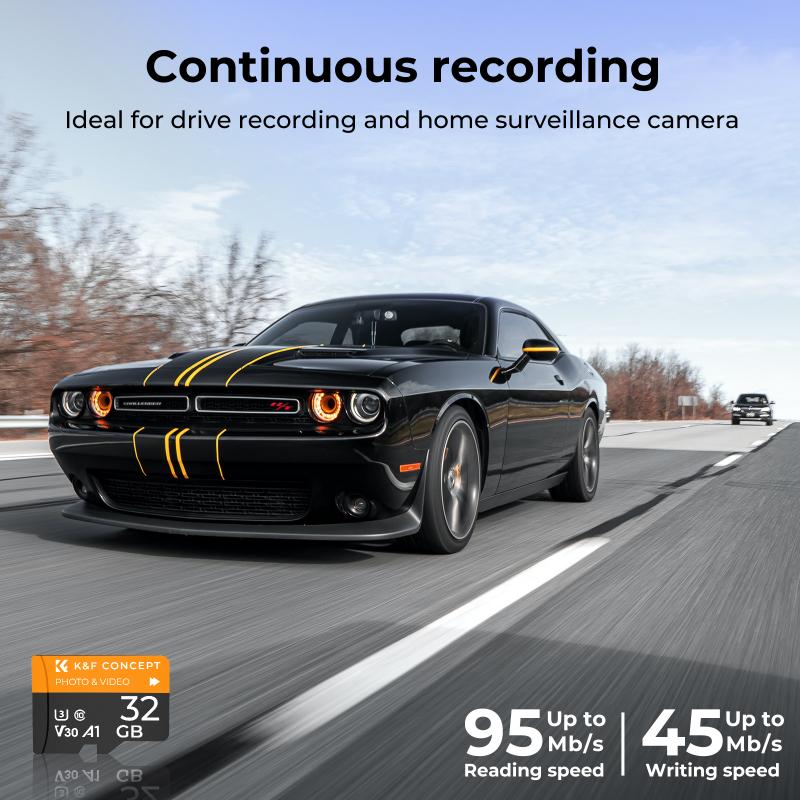
Before diving into the methods of reading a micro SD card, it's essential to understand what a micro SD card is. A micro SD card is a type of removable flash memory card used for storing information. They are smaller than standard SD cards, making them ideal for compact devices. Micro SD cards come in various storage capacities, ranging from a few gigabytes to several terabytes, and are classified into different speed classes, such as Class 10, UHS-I, and UHS-II, which indicate their data transfer rates.
Methods to Read a Micro SD Card
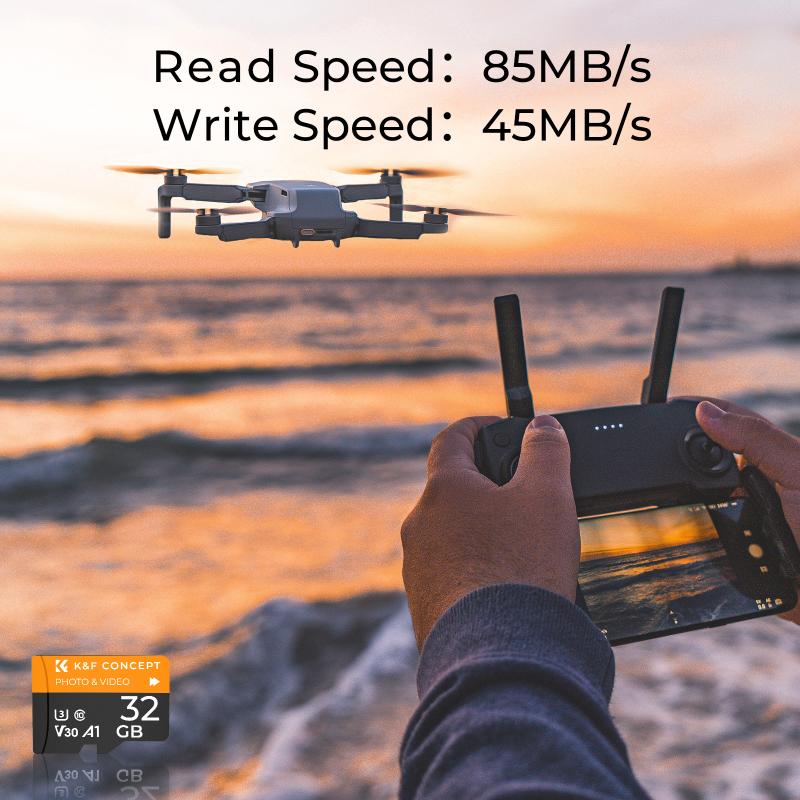
1. Using a Micro SD Card Adapter

One of the most common methods to read a micro SD card is by using a micro SD card adapter. These adapters convert the micro SD card into a standard SD card size, allowing it to be inserted into devices with SD card slots.
Steps:
1. Insert the micro SD card into the adapter.
2. Insert the adapter into the SD card slot of your computer or card reader.
3. Open 'File Explorer' on Windows or 'Finder' on Mac to access the card.
2. Using a USB Card Reader
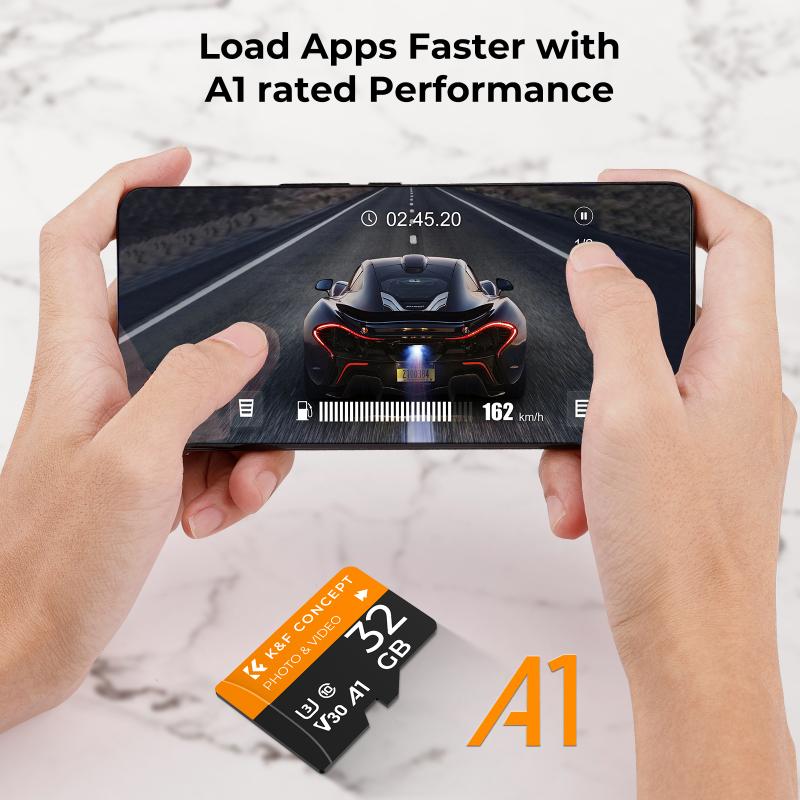
If your computer or device does not have an SD card slot, a USB card reader is a convenient alternative. USB card readers are external devices that connect to your computer via a USB port and have slots for various types of memory cards, including micro SD cards.
Steps:
1. Insert the micro SD card into the appropriate slot on the USB card reader.
2. Connect the USB card reader to your computer's USB port.
3. Open 'File Explorer' on Windows or 'Finder' on Mac to access the card.
3. Using a Smartphone or Tablet
Many modern smartphones and tablets come with built-in micro SD card slots. You can use these devices to read and manage the data on your micro SD card.
Steps:
1. Insert the micro SD card into the micro SD card slot of your smartphone or tablet.
2. Use the device's file manager app to access the card.
3. You can also connect your smartphone or tablet to your computer via USB and access the micro SD card through the device.
4. Using a Camera or Other Device
If your micro SD card is used in a camera, drone, or another device, you can often connect the device directly to your computer to read the card.
Steps:
1. Insert the micro SD card into the device.
2. Connect the device to your computer using a USB cable.
3. Open 'File Explorer' on Windows or 'Finder' on Mac to access the device and the micro SD card.
Troubleshooting Common Issues
Despite the simplicity of the methods mentioned above, users may encounter issues when trying to read a micro SD card. Here are some common problems and their solutions:
1. Micro SD Card Not Recognized
If your micro SD card is not recognized by your computer or device, try the following steps:
- Ensure the card is properly inserted into the adapter or card reader.
- Try using a different adapter or card reader.
- Check if the card works in another device.
- Update your computer's drivers.
2. Corrupted Micro SD Card
If your micro SD card is corrupted, you may need to use data recovery software to retrieve your files. Some popular options include Recuva, Disk Drill, and EaseUS Data Recovery Wizard.
Steps:
1. Download and install a data recovery software.
2. Connect the micro SD card to your computer.
3. Run the software and follow the on-screen instructions to recover your data.
3. Slow Data Transfer Speeds
If you experience slow data transfer speeds, consider the following:
- Ensure you are using a high-speed card reader and USB port.
- Check the speed class of your micro SD card.
- Avoid using the card while transferring data.
Best Practices for Using Micro SD Cards
To ensure the longevity and reliability of your micro SD card, follow these best practices:
1. Safely Eject the Card
Always use the 'Safely Remove Hardware' option on Windows or 'Eject' on Mac before removing the card from your computer or device. This helps prevent data corruption.
2. Regularly Back Up Data
Regularly back up the data on your micro SD card to another storage device or cloud service to prevent data loss.
3. Avoid Physical Damage
Handle your micro SD card with care to avoid physical damage. Keep it in a protective case when not in use.
4. Format the Card Periodically
Formatting your micro SD card periodically can help maintain its performance. Ensure you back up your data before formatting.
Steps:
1. Insert the card into your computer or device.
2. Open 'File Explorer' on Windows or 'Disk Utility' on Mac.
3. Select the card and choose the 'Format' option.
4. Follow the on-screen instructions to complete the process.
Reading a micro SD card is a straightforward process, provided you have the right tools and knowledge. Whether you use an adapter, a USB card reader, a smartphone, or another device, accessing your data should be hassle-free. By following the methods and troubleshooting tips outlined in this article, you can ensure that your micro SD card remains a reliable storage solution for your digital needs. Remember to follow best practices to maintain the card's performance and longevity, and always back up your data to prevent loss.

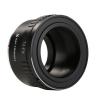
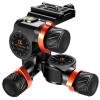
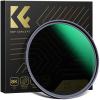
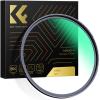
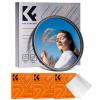
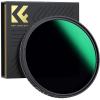
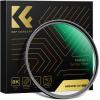
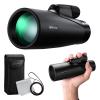
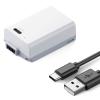
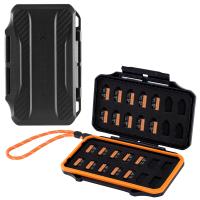


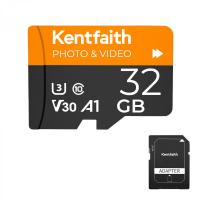
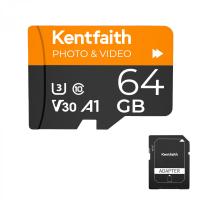

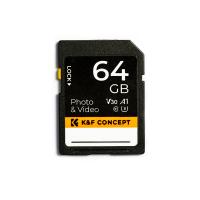

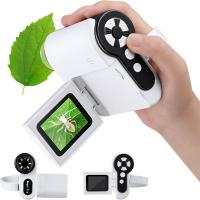
![4K digital camera for photography and video [autofocus and stabilisation] 48 MP video blog camera with SD card, 3 4K digital camera for photography and video [autofocus and stabilisation] 48 MP video blog camera with SD card, 3](https://img.kentfaith.com/cache/catalog/products/us/GW41.0065/GW41.0065-1-200x200.jpg)

